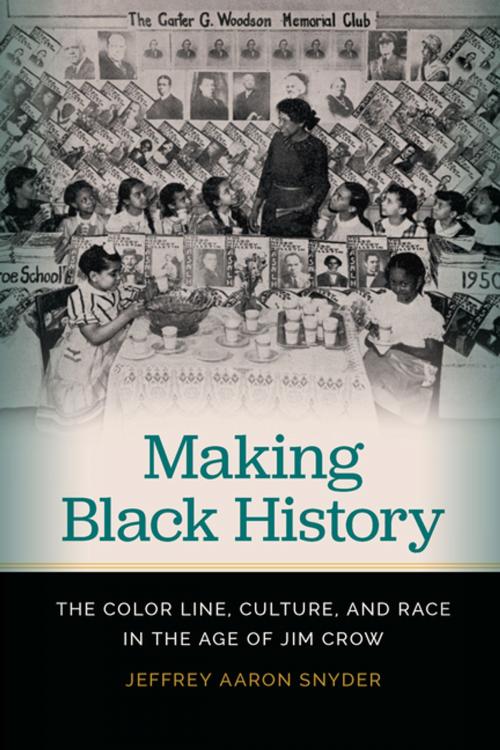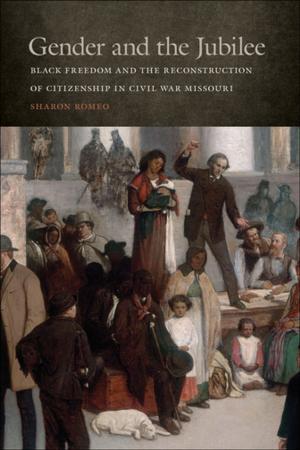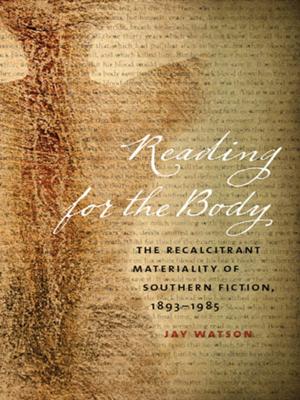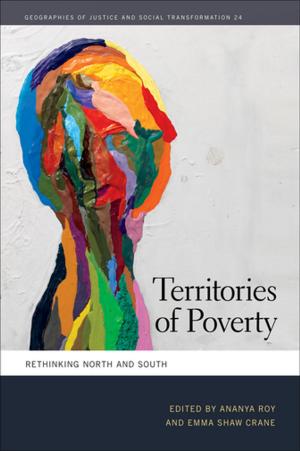Making Black History
The Color Line, Culture, and Race in the Age of Jim Crow
Nonfiction, History, Reference, Historiography, Social & Cultural Studies, Social Science, Cultural Studies, African-American Studies, Americas, United States, 20th Century| Author: | Jeffrey Aaron Snyder | ISBN: | 9780820351841 |
| Publisher: | University of Georgia Press | Publication: | February 1, 2018 |
| Imprint: | University of Georgia Press | Language: | English |
| Author: | Jeffrey Aaron Snyder |
| ISBN: | 9780820351841 |
| Publisher: | University of Georgia Press |
| Publication: | February 1, 2018 |
| Imprint: | University of Georgia Press |
| Language: | English |
In the Jim Crow era, along with black churches, schools, and newspapers, African Americans also had their own history. Making Black History focuses on the engine behind the early black history movement, Carter G. Woodson and his Association for the Study of Negro Life and History (ASNLH). Author Jeffrey Aaron Snyder shows how the study and celebration of black history became an increasingly important part of African American life over the course of the early to mid-twentieth century. It was the glue that held African Americans together as “a people,” a weapon to fight racism, and a roadmap to a brighter future.
Making Black History takes an expansive view of the historical enterprise, covering not just the production of black history but also its circulation, reception, and performance. Woodson, the only professional historian whose parents had been born into slavery, attracted a strong network of devoted members to the ASNLH, including professional and lay historians, teachers, students, “race” leaders, journalists, and artists. They all grappled with a set of interrelated questions: Who and what is “Negro”? What is the relationship of black history to American history? And what are the purposes of history? Tracking the different answers to these questions, Snyder recovers a rich public discourse about black history that took shape in journals, monographs, and textbooks and sprang to life in the pages of the black press, the classrooms of black schools, and annual celebrations of Negro History Week. By lining up the Negro history movement’s trajectory with the wider arc of African American history, Snyder changes our understanding of such signal aspects of twentieth-century black life as segregated schools, the Harlem Renaissance, and the emerging modern civil rights movement.
In the Jim Crow era, along with black churches, schools, and newspapers, African Americans also had their own history. Making Black History focuses on the engine behind the early black history movement, Carter G. Woodson and his Association for the Study of Negro Life and History (ASNLH). Author Jeffrey Aaron Snyder shows how the study and celebration of black history became an increasingly important part of African American life over the course of the early to mid-twentieth century. It was the glue that held African Americans together as “a people,” a weapon to fight racism, and a roadmap to a brighter future.
Making Black History takes an expansive view of the historical enterprise, covering not just the production of black history but also its circulation, reception, and performance. Woodson, the only professional historian whose parents had been born into slavery, attracted a strong network of devoted members to the ASNLH, including professional and lay historians, teachers, students, “race” leaders, journalists, and artists. They all grappled with a set of interrelated questions: Who and what is “Negro”? What is the relationship of black history to American history? And what are the purposes of history? Tracking the different answers to these questions, Snyder recovers a rich public discourse about black history that took shape in journals, monographs, and textbooks and sprang to life in the pages of the black press, the classrooms of black schools, and annual celebrations of Negro History Week. By lining up the Negro history movement’s trajectory with the wider arc of African American history, Snyder changes our understanding of such signal aspects of twentieth-century black life as segregated schools, the Harlem Renaissance, and the emerging modern civil rights movement.















